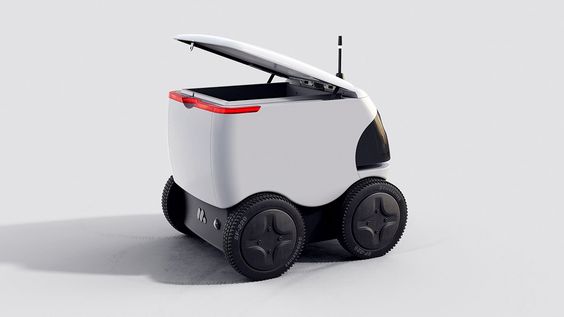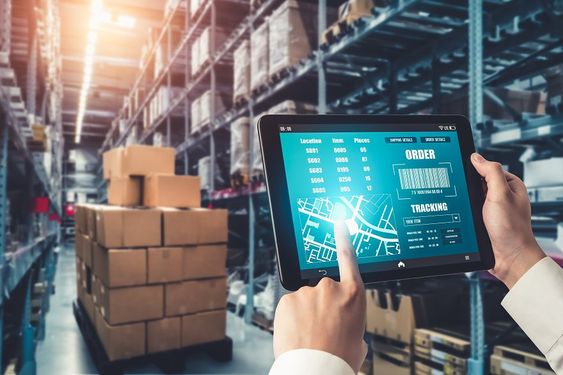The supply chain logistics industry, with its intricate web of processes and players, stands as a cornerstone of modern commerce. Its colossal scale and significance are underscored by compelling statistics, showcasing its pivotal role in ensuring the smooth flow of goods across the globe.
Statistics Illuminating the World of Supply Chain Logistics
- By 2025, the global logistics market is projected to surpass an astounding $10.5 trillion, highlighting its immense economic impact.
- The rapid ascent of e-commerce is propelling logistics to new heights, with global online retail sales expected to reach a staggering $4.2 trillion by the same year.
In this comprehensive exploration, we embark on a journey through the intricate corridors of supply chain logistics, delving into illuminating use cases that exemplify the transformative potential of this industry. We’ll take an in-depth look, utilizing detailed explanations and insightful infographics, to unveil the tangible ways in which these real-world applications are optimizing operations, streamlining processes, and enhancing the overall efficiency of the logistics ecosystem.
Exploring Transformative Use Cases
Use Case 1: Predictive Demand Forecasting
In today’s data-driven landscape, predictive demand forecasting emerges as a beacon of innovation. Harnessing the prowess of artificial intelligence (AI) and machine learning (ML), this use case anticipates consumer demand with remarkable precision. The accompanying infographic visually represents how historical sales data, market trends, and external influences coalesce to generate forecasts that are invaluable in guiding inventory management. The outcomes are profound: reduced instances of stockouts, minimized excess inventory, and, perhaps most importantly, heightened levels of customer satisfaction.
Use Case 2: Autonomous Delivery Vehicles
The logistics sector is witnessing a paradigm shift with the advent of autonomous delivery vehicles, as portrayed in this informative infographic. These self-driving marvels leverage a symphony of sensors, AI algorithms, and seamless connectivity to execute deliveries with unprecedented efficiency. The infographic vividly illustrates how these vehicles navigate complex routes, optimizing delivery times, slashing operational costs, and mitigating the environmental footprint.
Use Case 3: Blockchain-based Supply Chain Tracking
Blockchain technology, epitomized in this engaging infographic, represents a watershed moment in supply chain logistics. Through its immutable ledger, blockchain records transactions and product movements, rendering them tamper-proof. The infographic visually articulates how this innovation assures authenticity, combats fraud, and elevates trust levels among all supply chain stakeholders.
Use Case 4: Real-time Inventory Management
The infographic on real-time inventory management serves as a vivid testament to the crucial role this technology plays in logistics. IoT sensors continuously monitor inventory levels, ensuring instant updates and alerts. The visual representation underscores how such a system guarantees product availability, reduces storage costs, and optimizes the allocation of resources, streamlining operations and enhancing efficiency.
Use Case 5: Eco-friendly Packaging Solutions
In an age of heightened environmental awareness, sustainable packaging solutions take the center stage, as demonstrated in this eye-catching infographic. These ecologically conscious materials serve to reduce waste and emissions, aligning logistics operations with sustainability objectives and consumer preferences. The visual content highlights how logistics is evolving to embrace environmentally friendly practices, contributing to a greener and more responsible future.
In sum, these use cases offer a comprehensive glimpse into the ever-evolving realm of supply chain logistics. Here, innovation and technology converge to shape a future that is not only efficient and sustainable but also profoundly customer-centric. As we traverse this landscape, it becomes evident that the logistics industry is on an exhilarating journey towards a future where streamlined processes, reduced environmental impact, and heightened customer satisfaction are the new norm.











